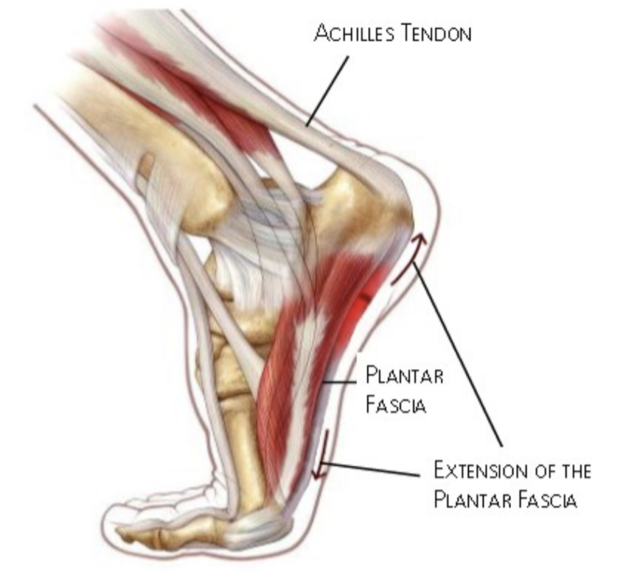Runners are often stereotyped by the things that they inherently dislike about other aspects of fitness.
For example, it’s not uncommon for one runner to laugh to another about how much they hate stretching.
Or for a runner to turn down an invitation to the gym for a strengthening session on the premise that they don’t want to get too bulky for their sport.
But what if I told you that avoiding things like proper stretching and strengthening is the very reason that runners incur, on average, at least one injury, or re-injury, every year. And that more often than not, these injuries limits their ability to train or perform for several weeks or even several months out of the year.
Many of you probably won’t even be surprised to hear that statistic, because, if you run often, you’ve experienced this for yourself, maybe even for several years now.
On that note, I want to introduce you to one of the most common causes of recurring knee pain in runners today and a simple way that you can begin to combat your knee pain, or prevent it from ever happening, today!
Everyone, meet The Gluteus Medius.

Gluteus Medius is a small muscle in your hip that attaches to the oh-so-well-known ITband, connecting your hip to the outside of your knee. In a perfectly healthy runners body, the Glut med is strong and provides a great amount of stability, allowing the rest of the limb to perform with more biomechanical ease, and keeping the knee and hip aligned as they should be during the repetitive single leg stance positions of running.
What people are often unaware of is that if the Glut Med is not properly strengthened, the glut med will become tightened to create some form of stability in the absence of strength. In its tightened state, the glut med places an abnormal amount of tension on the ITband, causing it to pull on its distal attachment at the knee with an improper amount of force, inducing inflammation-based pain, especially with high impact, repetitive activities like running. Often times, this pain is experienced by runner who has increased their running mileage significantly over a very short period of time, likely not allowing the body time to adapt appropriately, and therefore straining the already weak parts of the system.
So what can you do to avoid this type of pain or begin to resolve this type of pain if you already have it?
Well, if you know that you are prone to developing this type of pain each time you train for a big race, you should take some time to evaluate your training plan. Be sure that you are starting with short duration runs, running frequently enough, increasing your mileage very gradually, while also giving yourself appropriate recovery time between runs. Your training plans should also include cross training several days a week in the form of strength and mobility work.
If you are interested in speaking to one of our clinicians who specializes in running and assisting runners with create training programs to help them address their individual weaknesses, please feel free to reach out and schedule a full evaluation. We would love to provide you with an individualized plan to keep you injury free or get you back to the running fitness program that you enjoy and love!
image courtesy of physiopedia.com
.png?width=1280&height=720&name=Untitled%20design%20(22).png)




